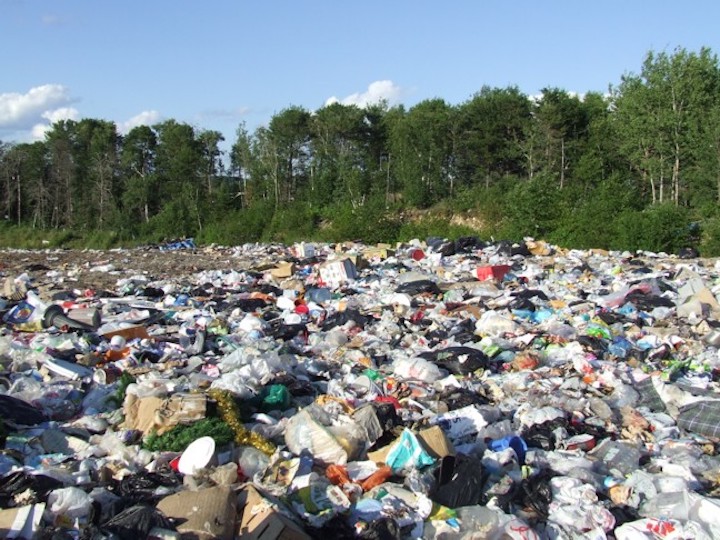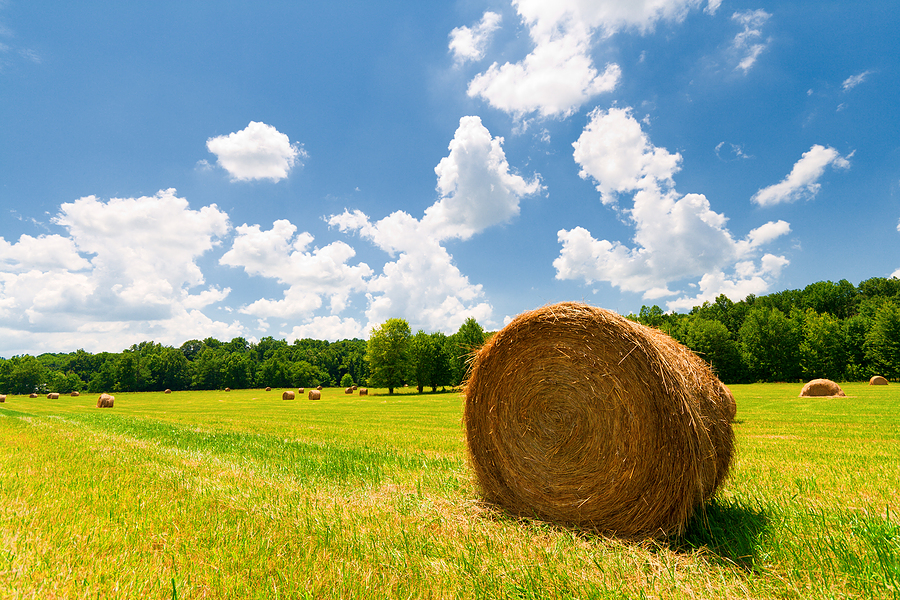
Just over a year ago, the world came together at COP21 in Paris to forge a landmark climate change agreement to take collective action to halt climate change. The resulting Paris Agreement pledged to cut global greenhouse gas emissions enough to hold the increase in the global average temperature to well below 2°C above pre-industrial levels and to pursue efforts to limit the temperature increase to 1.5°C above pre-industrial levels — the threshold scientists say we mustn’t breach if we hope to avoid the worst impacts of climate change. In September, the United States and China finally committed to the climate deal, which was reaffirmed by the global community at COP22 in Marrakesh.
But while much of the focus has been on how we will transition to a low-carbon economy through renewable energy, energy efficiency and even fighting deforestation, one of the largest drivers of climate change has largely been ignored by the headlines: global food waste. With around 1.3 billion tons of food being wasted each year, according to the the United Nation Food and Agriculture Organization (FAO), this spews 3.3 billion tons of carbon dioxide into the atmosphere. And it’s worth worth nearly $1 trillion at retail prices.

